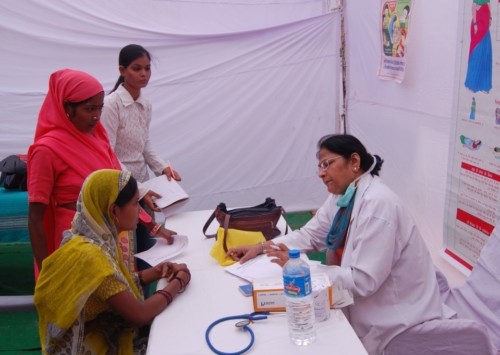Obesity and diabetes
Biz@India

The prevalence of adult diabetes in the country was recorded at 9.5 pc in 2015 as compared to the global average of 9 pc.
According to the Global Nutrition Report 2016, the number of overweight people who are also prone to diabetes are increasing in India.
India has successfully reduced the rate of stunting over the last 10 years but the increasing population of overweight people in the country, particularly those prone to diabetes, is a cause of concern.
According to the Global Nutrition Report 2016, there is a need for an urgent attention in India to tackle the growing percentage of overweight people who are also prone to the high rate of diabetes.
The prevalence of adult diabetes in the country was recorded at 9.5 pc in 2015 as compared to the global average of 9 pc.
According to the latest evaluations of the World Health Organisation (WHO), people with diabetes in India doubled from 32 million in 2000 to 63 million in 2013 and the problem is projected to increase nearly to 101.2 million in the next 15 years.
As per public health experts, this is a matter of serious concern as diabetes is directly associated with diseases ranging from strokes to cardiovascular problems with implications in terms of a disability adjusted life.
“India has double jeopardy. It always had under nutrition, and there is ever growing threat of over nutrition and diabetes. Public health policies in India must be strengthened and consolidated to fight both, particularly latter,” said Dr Anoop Misra, chairman, Fortis C-DOC centre of diabetes.
But even as obesity and diabetes increases in India, according to the Global Nutrition Report 2016, the country managed to make a remarkable progress by reducing its rate of stunting from 48 pc in 2006 to 38 pc in 2014.
Stunting develops as a result of sustained poor dietary intake or repeated infections or a combination of both. As per the report, the country almost doubled the rate of stunting reduction in the past 10 years compared with the previous decade.
The report also highlights India’s growing non-communicable disease strain as cardiovascular disease patients in India spent 30 pc of their annual family income on direct cardiovascular diseases related health care. The risk of impoverishment due to heart disease was 37 pc greater in the country than for communicable diseases, putting burden on health systems and family budgets.












